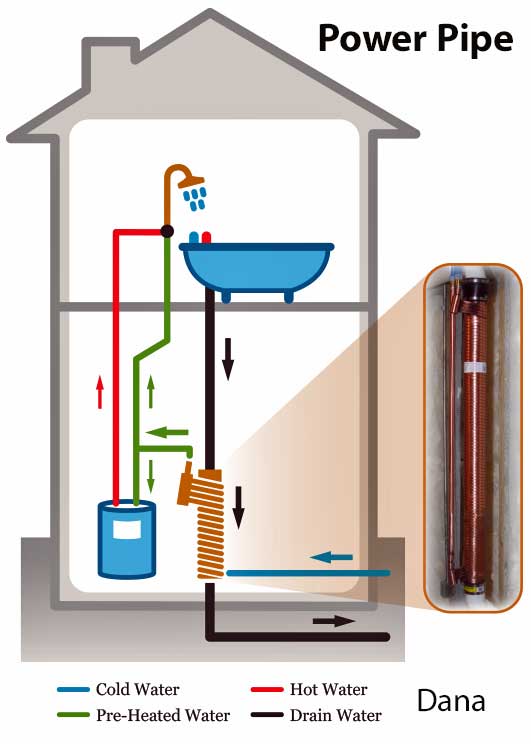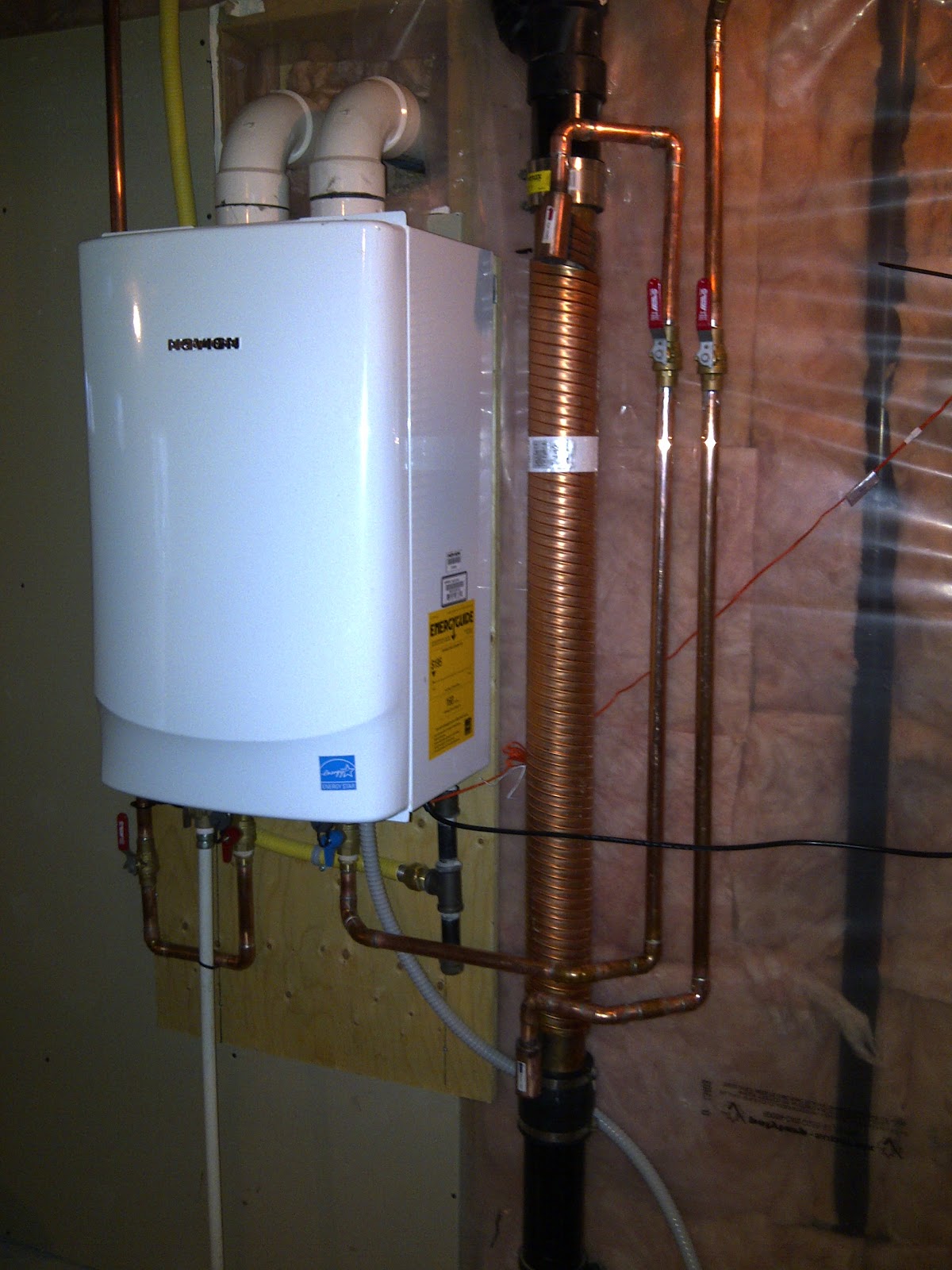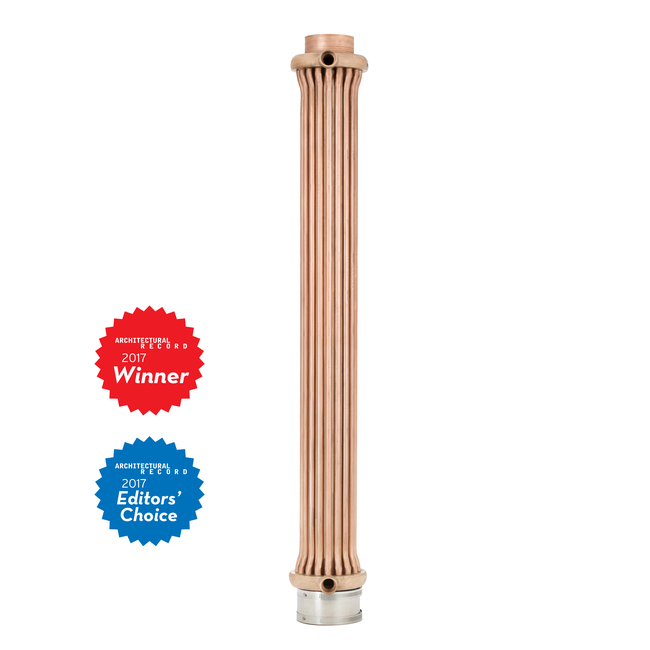Mikesm
New Member
Hi. Sorry if this isn't the right forum for this post, but moderators feel free to move it if it's not.
So we are building a new large house, 8000 sq ft, here in the SF Bay Area. It's come time to make some decisions about the hot water heating supply. I am hoping you guys could give me some advice on home to proceed.
The house has 1 master bedroom, and 4 bedrooms for the kids, and two guest rooms for family and friends to stay with us which happens pretty often. Two of the kids share a bathroom, and the a couple of the kids bathrooms have shower/bath combos (the girls like baths), and two are just showers, no baths. The master bath has a large tub.
There are also 3 dishwashers and 3 sets of washer dryers (we do a TON of laundry) that also create lots of demand for hot water. 2 dishwashers being active at the same time is pretty common when the kids are showering/bathing at night, and while the washers (all front loaders) don't usually run when people are showering or taking a bath, we do do a lot of laundry so one of the washers could be active at hot water peak demand.
My GC (who is great) and the plumbing contractor we are looking at using both advise us to stay away from tankless units (because of reliability issues they've experienced) , and to make sure we don't run out out of hot water, are proposing 2 large gas fueled tank units, and a recirculating pump system. This creates a bit of space problem for the mechanical room which has to accommodate two large air handlers as well.
I looked at this extremely useful thread: https://terrylove.com/forums/index.php?threads/water-heating-problems.63277/ on how to deal with the cold water sandwich problem for tankless units,. but this seems a rather complicated system to install, and I'd have to do some convincing on going that approach given my GC's experiences.
I was wondering about a different approach, where we used something like a HTP PH76-80, which is high efficiency, and requires less maintenance than a traditional tank unit, and doesn't have the cold water sandwich problem.
It has good amount of capacity, but to make sure we don't run out of hot water, to feed it with a tankless hot water unit, that would only get powered up if the water temp out of the water heater started falling several degrees below the setpoint temp. This would provide added hot water heat, but only kick in at peak periods so the tankless unit would have comparatively light duty, and not need as much maintenance, and would hopefully run for longer periods of time and not be short cycling due to the recirculation being active. It would take a lot less space than a 2nd 80 gal tank unit, and I think be more efficient than having two tanks being heated all the time feeding the recirculating system.
What do folks think about this approach? Is there a thermostat that could mounted to the HTP's outlet that could trigger a relay to energize the tankless unit? Is there an issue with using the tankless unit in this way?
Additionally, because we live in an area which can have significant earthquakes, and because we have a big generator for backup power, I'd like to also have an electric water heat for backup in case the gas supply was shut off. I was thinking a electric tankless unit for that that would not kick in unless the water temp hit a really low temp, and could be sized for only a limited amount of DHW production (if we had a big earthquake that would take the gas out, I doubt we'd all be going places and need to shower at the same time!).
Could an electric tankless unit be wired in series after the outlet from the HTP water heater, or should we put in valves that manually cut off the water from the gas heater and open the outlet to the electric heater? A cold water sandwich is OK in the backup mode.
Thanks again for all the good info here, and I'd love to hear your reactions to this idea, or another approach. We have a large 2" feed from PG&E for gas, so gas supply in the mechanical room is not a problem, and we are using a Mitsubishi heat pump system for heating, so no gas needed for that.
And because everything is still under construction, almost any venting and distribution choices are doable now.
Thanks in advance!
mike
So we are building a new large house, 8000 sq ft, here in the SF Bay Area. It's come time to make some decisions about the hot water heating supply. I am hoping you guys could give me some advice on home to proceed.
The house has 1 master bedroom, and 4 bedrooms for the kids, and two guest rooms for family and friends to stay with us which happens pretty often. Two of the kids share a bathroom, and the a couple of the kids bathrooms have shower/bath combos (the girls like baths), and two are just showers, no baths. The master bath has a large tub.
There are also 3 dishwashers and 3 sets of washer dryers (we do a TON of laundry) that also create lots of demand for hot water. 2 dishwashers being active at the same time is pretty common when the kids are showering/bathing at night, and while the washers (all front loaders) don't usually run when people are showering or taking a bath, we do do a lot of laundry so one of the washers could be active at hot water peak demand.
My GC (who is great) and the plumbing contractor we are looking at using both advise us to stay away from tankless units (because of reliability issues they've experienced) , and to make sure we don't run out out of hot water, are proposing 2 large gas fueled tank units, and a recirculating pump system. This creates a bit of space problem for the mechanical room which has to accommodate two large air handlers as well.
I looked at this extremely useful thread: https://terrylove.com/forums/index.php?threads/water-heating-problems.63277/ on how to deal with the cold water sandwich problem for tankless units,. but this seems a rather complicated system to install, and I'd have to do some convincing on going that approach given my GC's experiences.
I was wondering about a different approach, where we used something like a HTP PH76-80, which is high efficiency, and requires less maintenance than a traditional tank unit, and doesn't have the cold water sandwich problem.
It has good amount of capacity, but to make sure we don't run out of hot water, to feed it with a tankless hot water unit, that would only get powered up if the water temp out of the water heater started falling several degrees below the setpoint temp. This would provide added hot water heat, but only kick in at peak periods so the tankless unit would have comparatively light duty, and not need as much maintenance, and would hopefully run for longer periods of time and not be short cycling due to the recirculation being active. It would take a lot less space than a 2nd 80 gal tank unit, and I think be more efficient than having two tanks being heated all the time feeding the recirculating system.
What do folks think about this approach? Is there a thermostat that could mounted to the HTP's outlet that could trigger a relay to energize the tankless unit? Is there an issue with using the tankless unit in this way?
Additionally, because we live in an area which can have significant earthquakes, and because we have a big generator for backup power, I'd like to also have an electric water heat for backup in case the gas supply was shut off. I was thinking a electric tankless unit for that that would not kick in unless the water temp hit a really low temp, and could be sized for only a limited amount of DHW production (if we had a big earthquake that would take the gas out, I doubt we'd all be going places and need to shower at the same time!).
Could an electric tankless unit be wired in series after the outlet from the HTP water heater, or should we put in valves that manually cut off the water from the gas heater and open the outlet to the electric heater? A cold water sandwich is OK in the backup mode.
Thanks again for all the good info here, and I'd love to hear your reactions to this idea, or another approach. We have a large 2" feed from PG&E for gas, so gas supply in the mechanical room is not a problem, and we are using a Mitsubishi heat pump system for heating, so no gas needed for that.
And because everything is still under construction, almost any venting and distribution choices are doable now.
Thanks in advance!
mike




